The artist who became a wooden doll and other sad tales
An edition about lost works and leaving the artist out of the process.
HELLO MY FRIENDS, WELCOME TO A NEW EDITION OF MY NEWSLETTER!
Lately, except for some pending commissions and stuff for the online store, I haven't drawn too much. I have been quite focused on writing, both a commissioned script and a personal project and revising a couple of scripts and story treatments (one of them for a TV project on which I have ended up in a still somewhat indirect way, it’s a story I will tell someday).
And I don't know if it happens to those of you who usually draw, but after several weeks without touching a pencil (physical or digital), I feel afraid that I'm not going to recover all the knowledge I've learned... Which is pretty stupid, isn't it?
I've also had time to work on the newsletter, so let's go!
FROM THE VAULT OF OLD WORKS: ANANSI BOYS
From time to time I like to rescue things that I couldn’t show at the time of creation. Previously I posted examples of concept art I made, like in a project of Polar anime, HERE and HERE, and an Against Hope attempt of a movie for Netflix HERE.
I made these illustrations in 2021 commissioned by director Mark Tonderai for the development of the TV show adapting Anansi Boys, a spin-off of American Gods. Taking as a reference the pilot episode script and some actors that appeared in American Gods, I made four images and a kind of poster.
I don't remember if the reason of this assignment was because Mark was in the development of the project or he aspired to be the showrunner... The fact is that he sent me this script to create some images. We had already done something similar together in the development of the Against Hope movie and it was quite simple and fun because Mark is a very nice guy. I don't know what happened to the series, I guess the project was cancelled after a long development or the terrible allegations against Neil Gaiman finally killed it.
At least the testimony of these images remains as a curiosity.
WHEN THE ARTIST IS GONE
Putting some order in my (literally) columns of comic-books boxes, I came across a book full of Image comics paperbacks. Amongst them it was this Zero series written by Ales Kot. And I don’t say "drawn by” because this series has the particularity of every issue being drawn by a different artist (but always with colors from the great Jordie Bellarie to unify the style in some way). It's not the first time someone used this model, Warren Ellis did it his Global Frequency.
If you check the copyright, the owner of the rights is Kot so, knowing how Image comic works, I guess he paid out of his pocket for all the guests. I find out later that he wrote a TV series pilot and got on the Blood List, which means he has real chances to get it made into a real audiovisual project.
(Please do not consider this story as an attack against this writer, who I don’t know personally. As often happens in my newsletter, something I saw/read/watched is the trigger for the topic I humbly choose to develop.)
My point is this writer (whom I repeat I do not know and have no specific feelings towards him and in fact I recommend to buy this comic) paid to develop his IP. He took that risk. And in part I think the artifice worked this way because most of these artists surely wouldn't have committed to an 18-issue series (which is how long it lasts) for something they didn’t share.
It’s a format (one “writer creator”, multiple artists) that I have seen repeated on several occasions that, as I say, is accessible to artists who cannot commit to more than one issue but, let's face it, it can be very convenient too. And I think it's not the same as collaborating on an already established series, like when you do a short story or a fill-in for a previously created series where the aesthetics and the path to follow are already clear.
And I'm not particularly against the writers who want to do it as long as the cards (and contracts) are on the table.... What happens when a publisher comes into the game and wants their piece of the pie?
It happens too often that a publisher and a writer team up to create a series, share the rights (especially the juicy rights to transform it into other media, i.e. TV, film and video games) and “commission” an external party to do the visual development. Visual aspect, on the other hand, which is inherent to the medium they are working on.
Let me be clear: This is not the same case as in the Anansi Boys illustrations I did for Mark, since in these I simply tried to capture a certain visual “mood” to reinforce a script that was the ultimate goal of the project. My images were not the final product, but a visual support for the script. But when you make a comic-book or a graphic novel, the artist (or artists) is adding layers of significance, creating a rhythm, an aesthetics and an acting of the characters and many other things that will be used in a future film script. It's co-writing.
It’s the same as not considering the first draft of a movie script or a prose novel as valid.
I will use two examples from a mainstream publisher, DC comics, in this case through its Vertigo imprint where DC “opened” the door to share the rights (or not?):
Fables is co-owned by writer Bill Willingham and DC comics. Although several artists passed through the series, artist Mark Buckingham was really who polished the aesthetics for which the series would be known and read, and even as Willingham was an artist and when selling the project he created some primitive character designs… Do you really believe that the series would have reached its cult status without the refined art and use of narrative of its star artist?
100 Bullets originally was “created” by DC comics and writer Brian Azzarello, and Eduardo Risso was “simply” hired to draw it. But Risso's undeniable contribution, his character design, lighting and storytelling made 100 Bullets' personality stand out over other crime series. So Azzarello, in an act of professional integrity, decided to share the ownership with Risso. And I can guess that Risso's part came out of the writer's, not that there was a 33% restructure of the copyright. If anyone knows, please correct me, but I'm sure that the business stayed at 25-25% and 50%. Anyway, good for Brian (you can see that this is not an anti-writer post).
If you think about it and we take the idea a little further, there is a certain parallelism between bypassing the artist as co-creator and telling the AI to make a comic book from your ideas. The seductive temptation to use AI is there for writers (and I'm also someone who prefers writing to the hard work of drawing) but you and I both know that the result is not the same.
The difference is that the artist will give you back more.
Surely the algorithm will take from here and there to give the image of something already known. In the best-case scenario, it will give you exactly what you demanded...
But the real -the human- artist will understand the writer's intentions and will apply that to the visuals.
The artist will come up with ideas that the writer hadn't thought of. He/she/they won't answer “you're right, how about this slightly modified shit?”.
And somehow or other, that has to be paid for.
With rights, with money (a lot, if it’s possible) but (and this goes for the big fishes) also with credit.
Because I am still sick of seeing characters of movies created by abstract corporations or ghost artists.
And now the social-fighter Victor has to go to review a contract that must be done well too.
See you in the next edition of BrokenEnglish! Meanwhile, take care and give love to your fellow artists (and writers)
Victor
Copyright © 2025 Victor Santos. All rights reserved.
FIND ME IN MY SOCIAL NETWORK:
victorsantoscomics.com
My official Facebook page and my personal Facebook page
My Twitter / My Instagram / My Bluesky / My Tumblr
The BROKEN ENGLISH Tinyletter archives
MY DIGITAL STORE (ORIGINAL ART, SKETCHBOOKS, SIGNED BOOKS):
victorsantos.bigcartel.com
DIGITAL COMICS:
POLAR / GUTS (AGAINST HOPE) / PARANOIA KILLER / GINGER’S REVENGE
BUY MY BOOKS:
My Amazon page / My Random House page
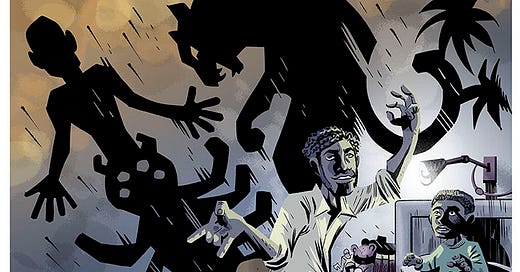



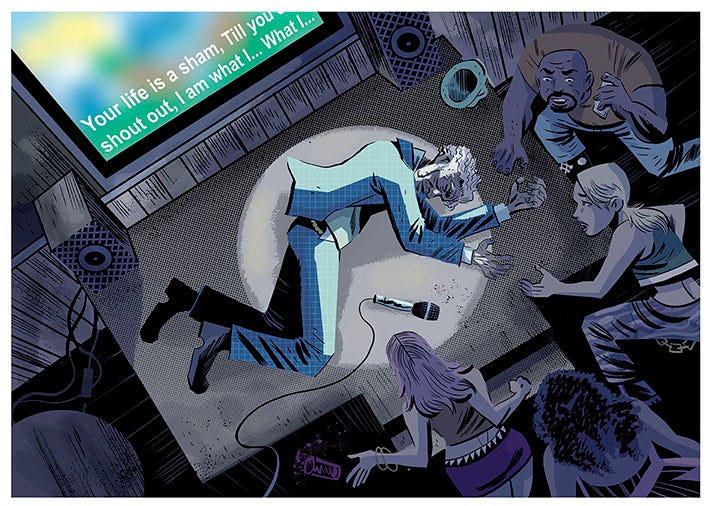
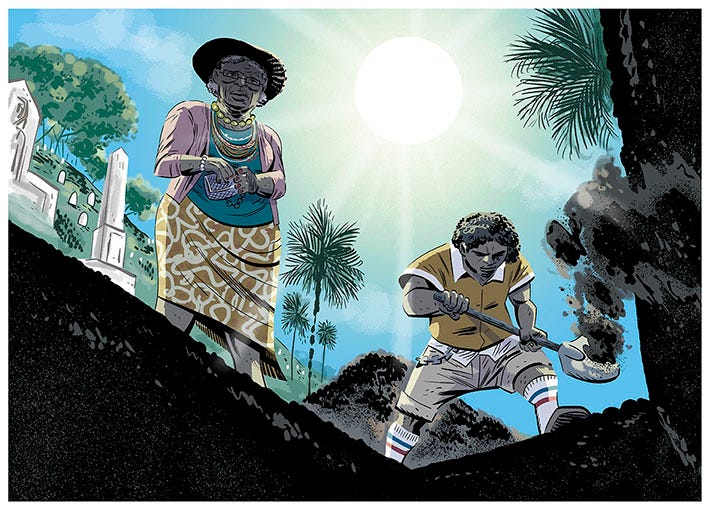

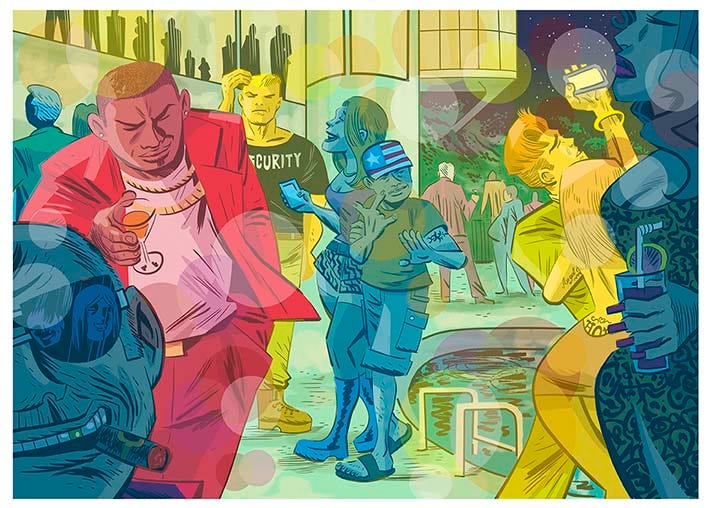
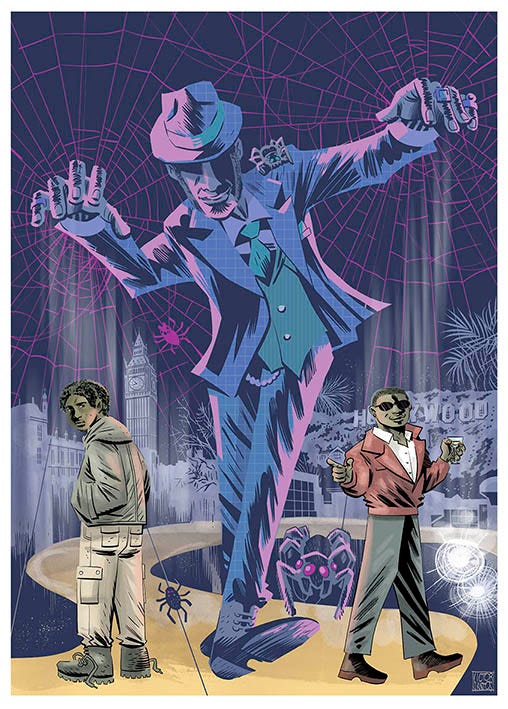
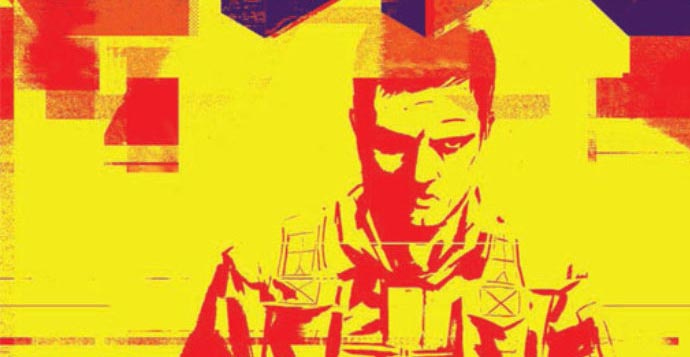
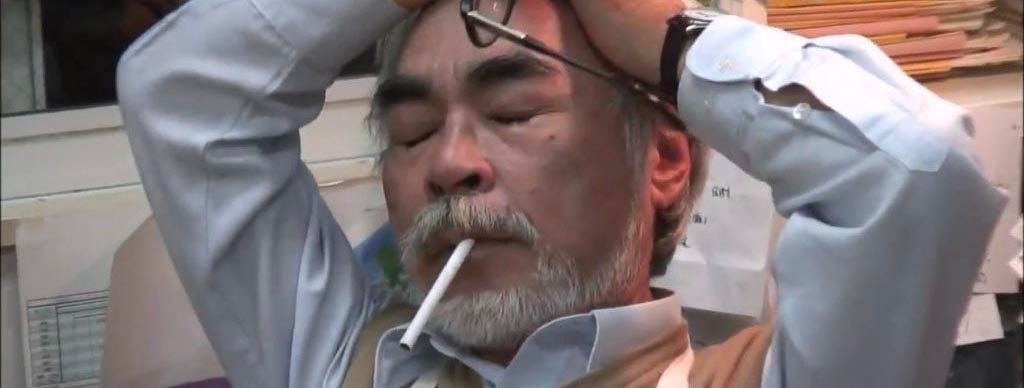
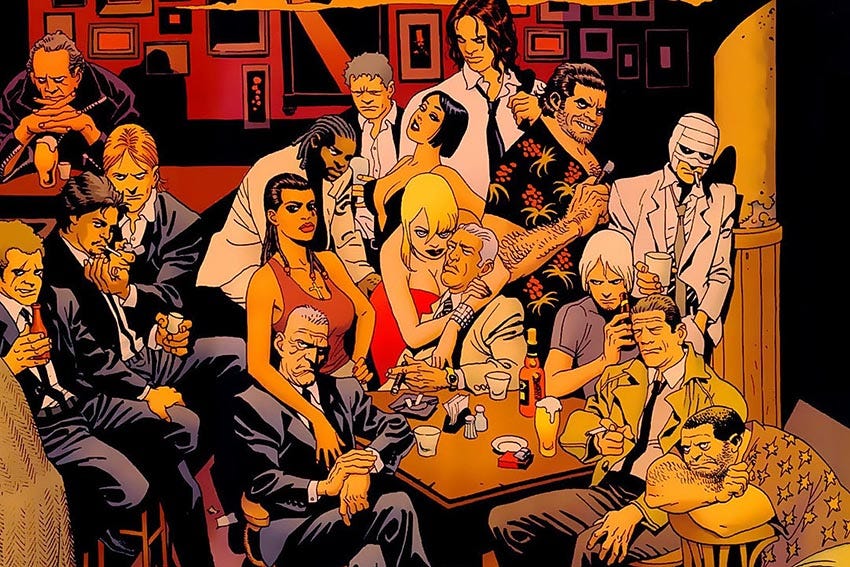
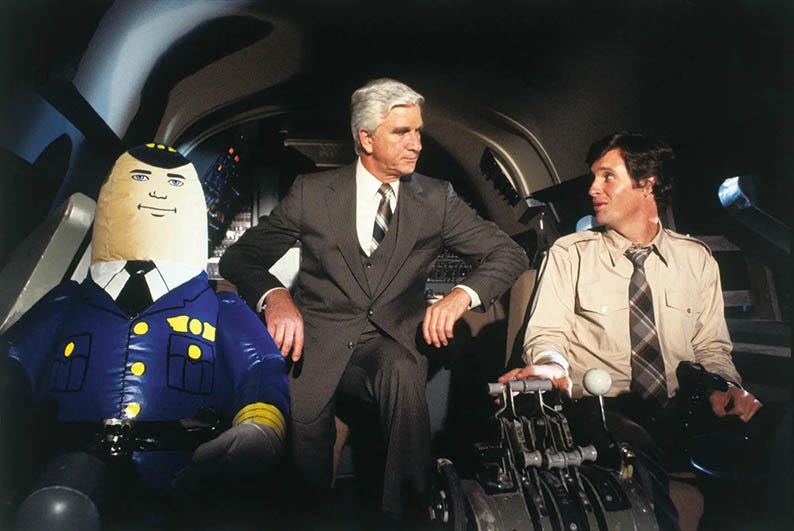

Enjoyed the thoughts very much, Victor. Thank you for sharing.
Desconocía por completo que un autor podía pagar para que se adapte su creación. Me imagino además que esto debe llevar un considerable esfuerzo económico y que entonces el riesgo debe ser altísimo. En menor escala, supongo que es un sistema similar a cuando un guionista le paga de su bolsillo a un dibujante para poder pitchear un proyecto, pero bueno los riesgos son muchísimo menores creo no?
Buena lectura!